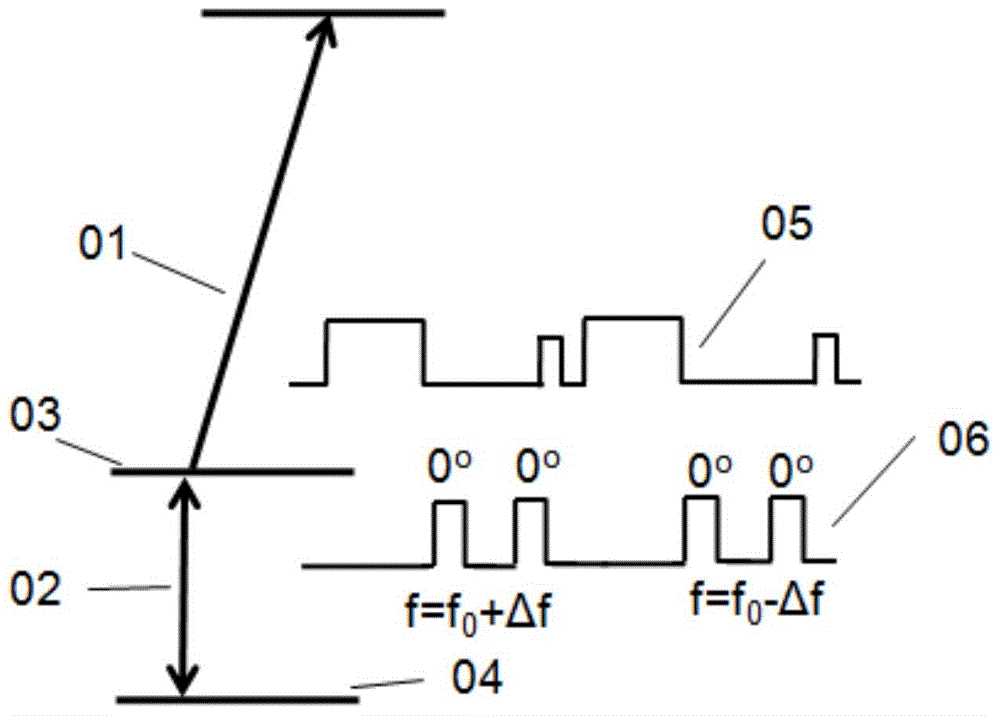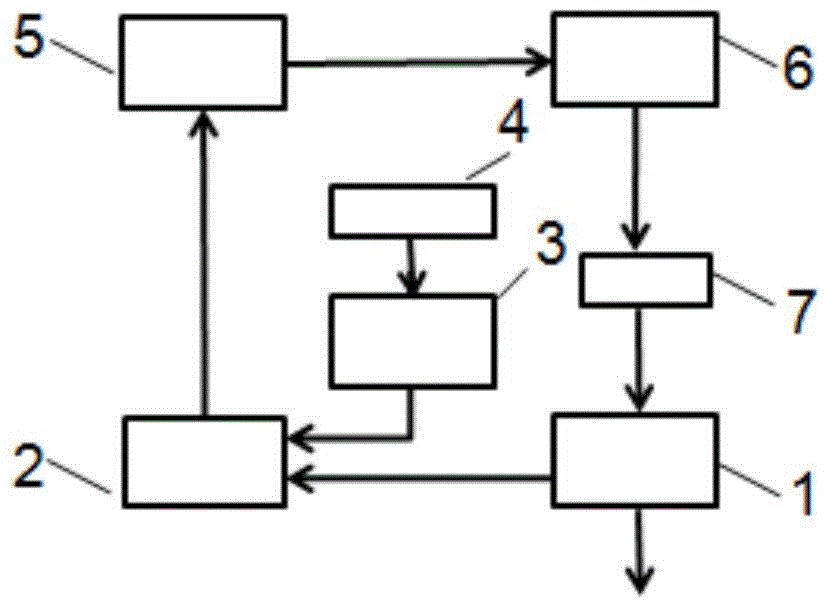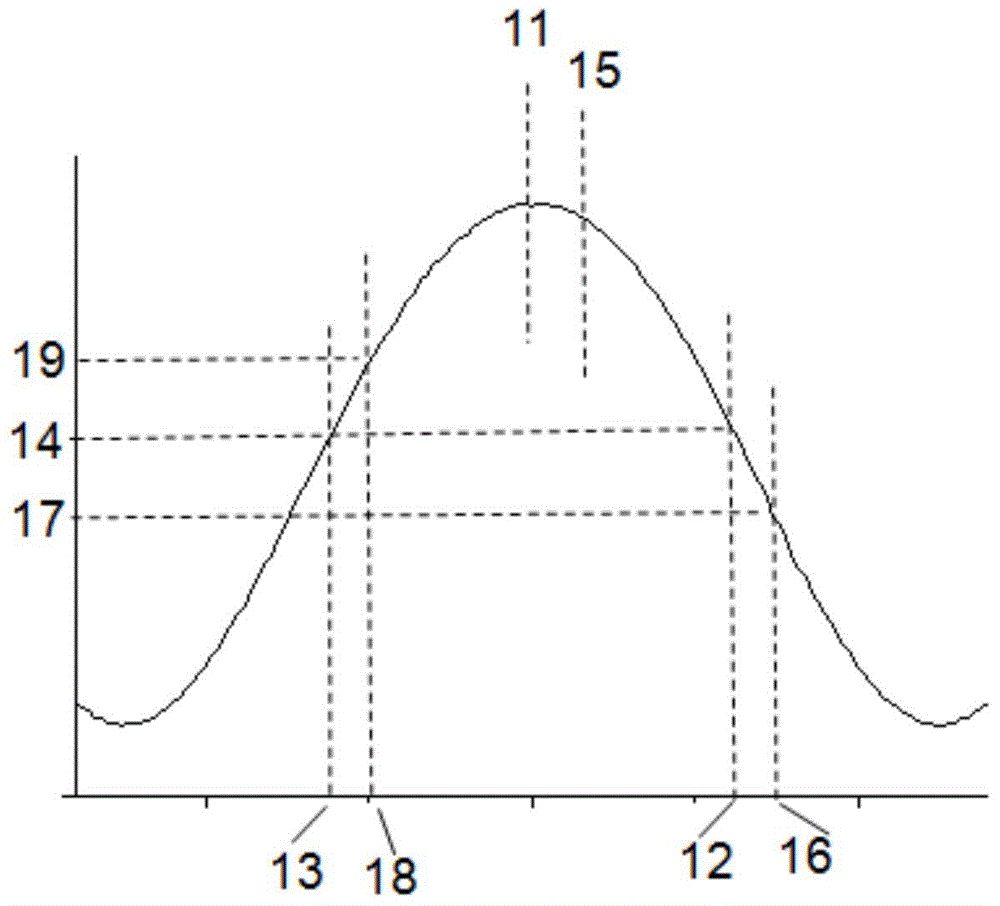Microwave phase modulation locking atomic clock
A phase modulation and microwave technology, applied in the automatic control of power, electrical components, etc., can solve the problems affecting the performance of atomic clocks, the deviation of microwave center frequency, and the impact of clock transition signals, etc., to eliminate the asymmetry of microwave resonance lines, eliminate The effect of the influence of the atomic velocity distribution on
- Summary
- Abstract
- Description
- Claims
- Application Information
AI Technical Summary
Problems solved by technology
Method used
Image
Examples
Embodiment Construction
[0019] The present invention will be further described below in conjunction with the embodiments and accompanying drawings, but the protection scope of the present invention should not be limited thereby.
[0020] see first figure 2 , figure 2 is the loop diagram of an atomic clock. As can be seen from the figure, the composition of the microwave phase modulation locked atomic clock of the present invention includes a controlled crystal oscillator 1, a frequency multiplier synthesizer 2, a microwave phase modulation oscillator 3, a timing generator 4, a quantum system 5, a data acquisition processor 6 and a proportional integral differential Controller 7, the connection relation of above-mentioned parts is as follows:
[0021] The controlled crystal oscillator 1 is used as an initial signal source and is composed of an input terminal and two output terminals. The input terminal of the controlled crystal oscillator 1 is connected to the output terminal of the proportional i...
PUM
 Login to View More
Login to View More Abstract
Description
Claims
Application Information
 Login to View More
Login to View More - R&D
- Intellectual Property
- Life Sciences
- Materials
- Tech Scout
- Unparalleled Data Quality
- Higher Quality Content
- 60% Fewer Hallucinations
Browse by: Latest US Patents, China's latest patents, Technical Efficacy Thesaurus, Application Domain, Technology Topic, Popular Technical Reports.
© 2025 PatSnap. All rights reserved.Legal|Privacy policy|Modern Slavery Act Transparency Statement|Sitemap|About US| Contact US: help@patsnap.com



